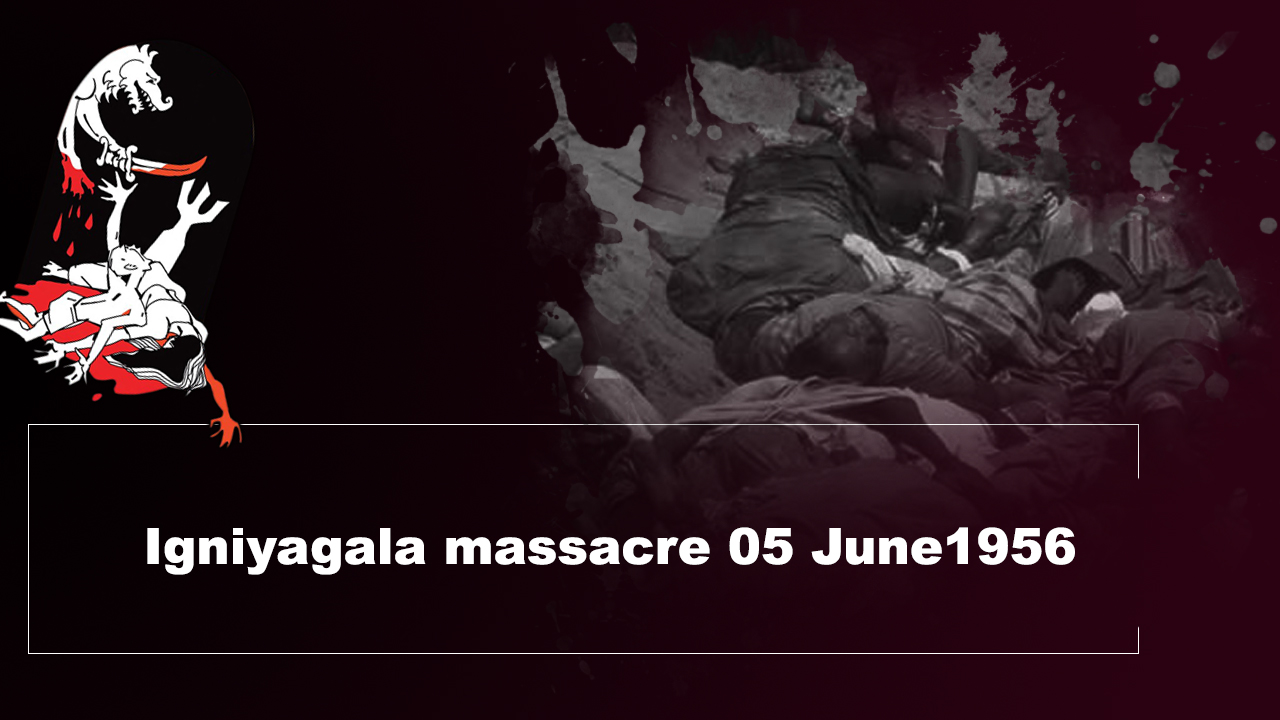1. Igniyagala massacre 05 June1956
In the 1940s, the Minister of Agriculture at that time created several Sinhala settlements in the Amparai district using state funds. The minister created the GalOya development scheme in the Amparai district and the Kanthalai and Allai development scheme in the Trincomalee district and brought Sinhala settlers for these schemes from other districts. They were given several incentives. Police and military protection were given as well. Buddhist temples were built and big bells were fixed to these temples. An arbitrary declaration was made that wherever the ringing of these bells could be heard are lands belonging to Sinhala Buddhist people. In this land grab, land belonging to Tamils and Muslims were confiscated.
Thikavabi is a Sinhala settlement created in this manner. In the parliamentary elections of 1956, S W R D Bandaranayake was elected as the new prime minister. He submitted to the parliament the Sinhala Only law which was his campaign promise. The main Tamil political party of that time decided to protest this law peacefully. On 05.06.1956, it launched a Satyagraha protest in front of the old parliament building in the Gale Face beach in Colombo. Tamil politicians from all political parties joined in this protest. Fr Thaninayagam, a priest and a world famous Tamil language expert also joined the protest.
This protest was attacked by Sinhala thugs on that same day it was launched. Following this attack shops in Colombo owned by Tamils were looted and then the shops were burnt down. Tamil people were attacked. Echoing this violence, pogrom against Tamils broke out throughout the island. In the Amparai district the recently settled Sinhala thugs started violent attacks against the Tamils. 150 Tamils working in a sugar cane farm and factory in Igniyagala under the GalOya scheme were killed. The bodies of the dead and injured were thrown on a fire.
This is the first large scale massacre of Tamil in the island and many more followed over the following decades. The book “Emergency 58” by Tarzi Vittachi stated that 150 Tamils were killed in this pogrom.
